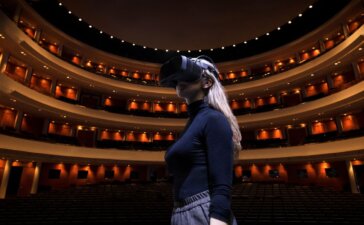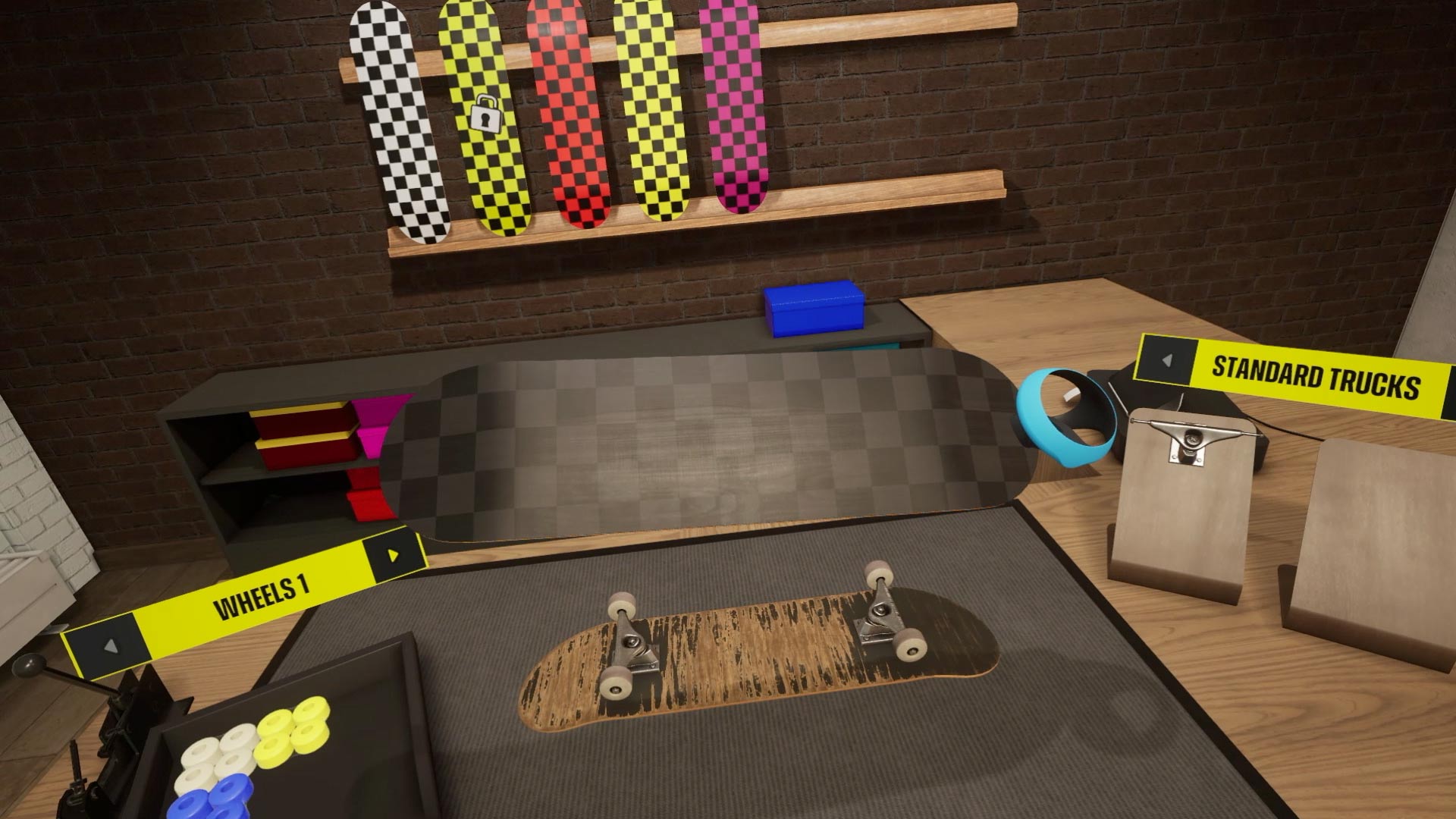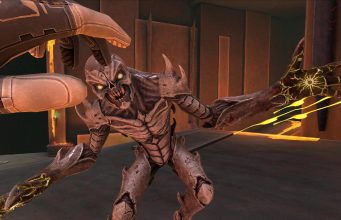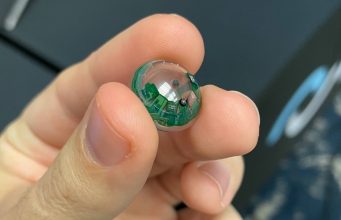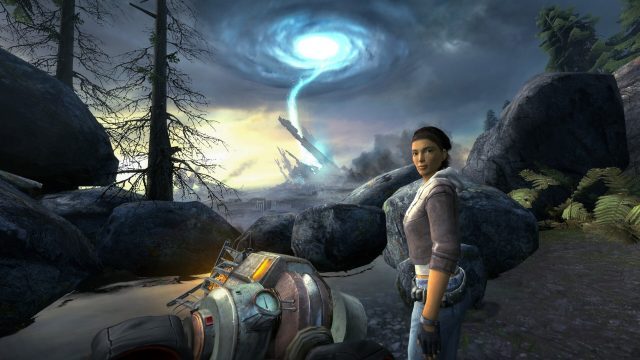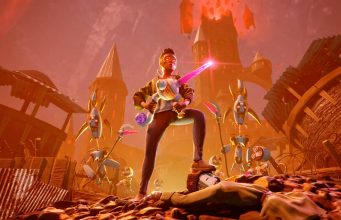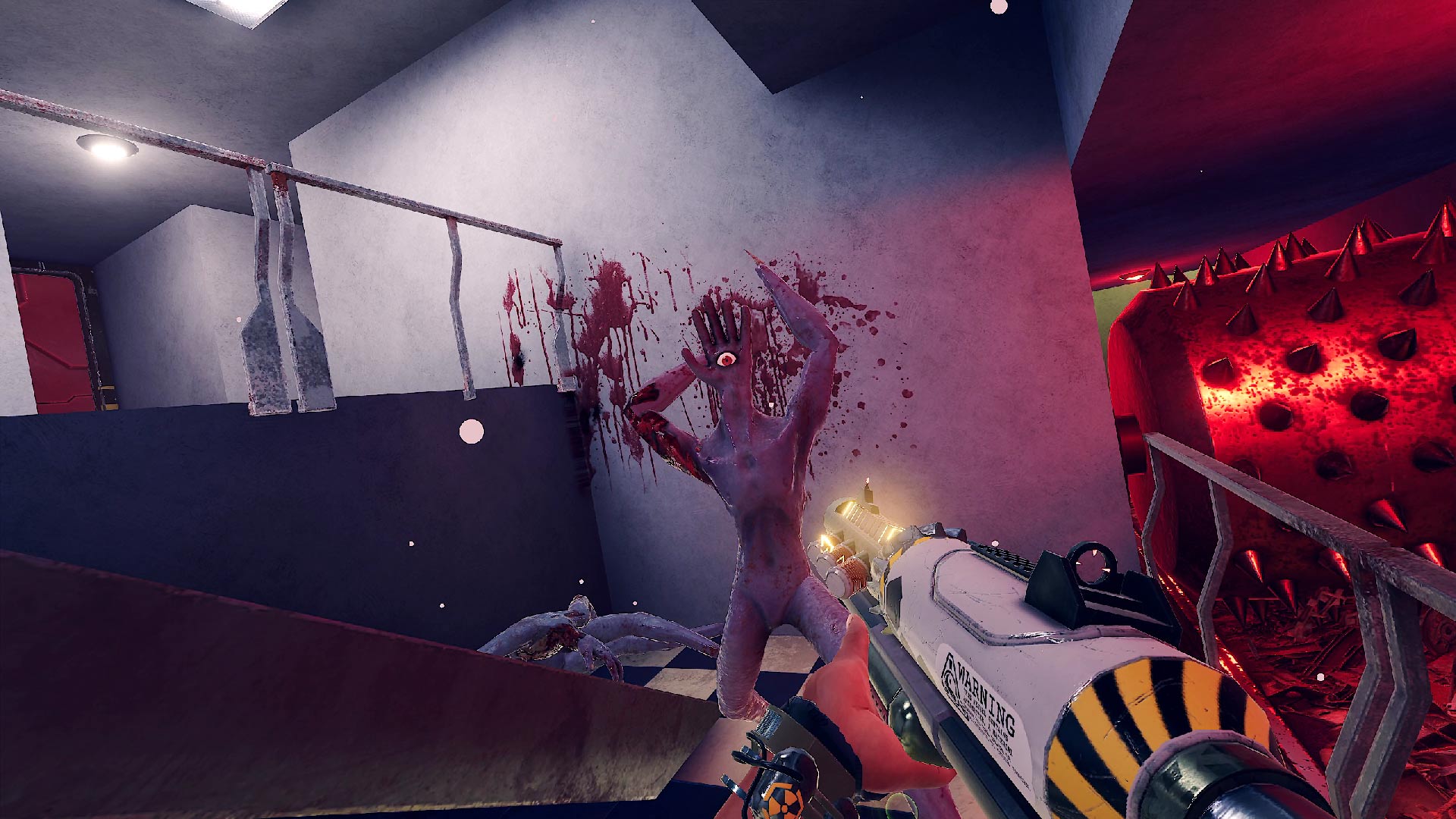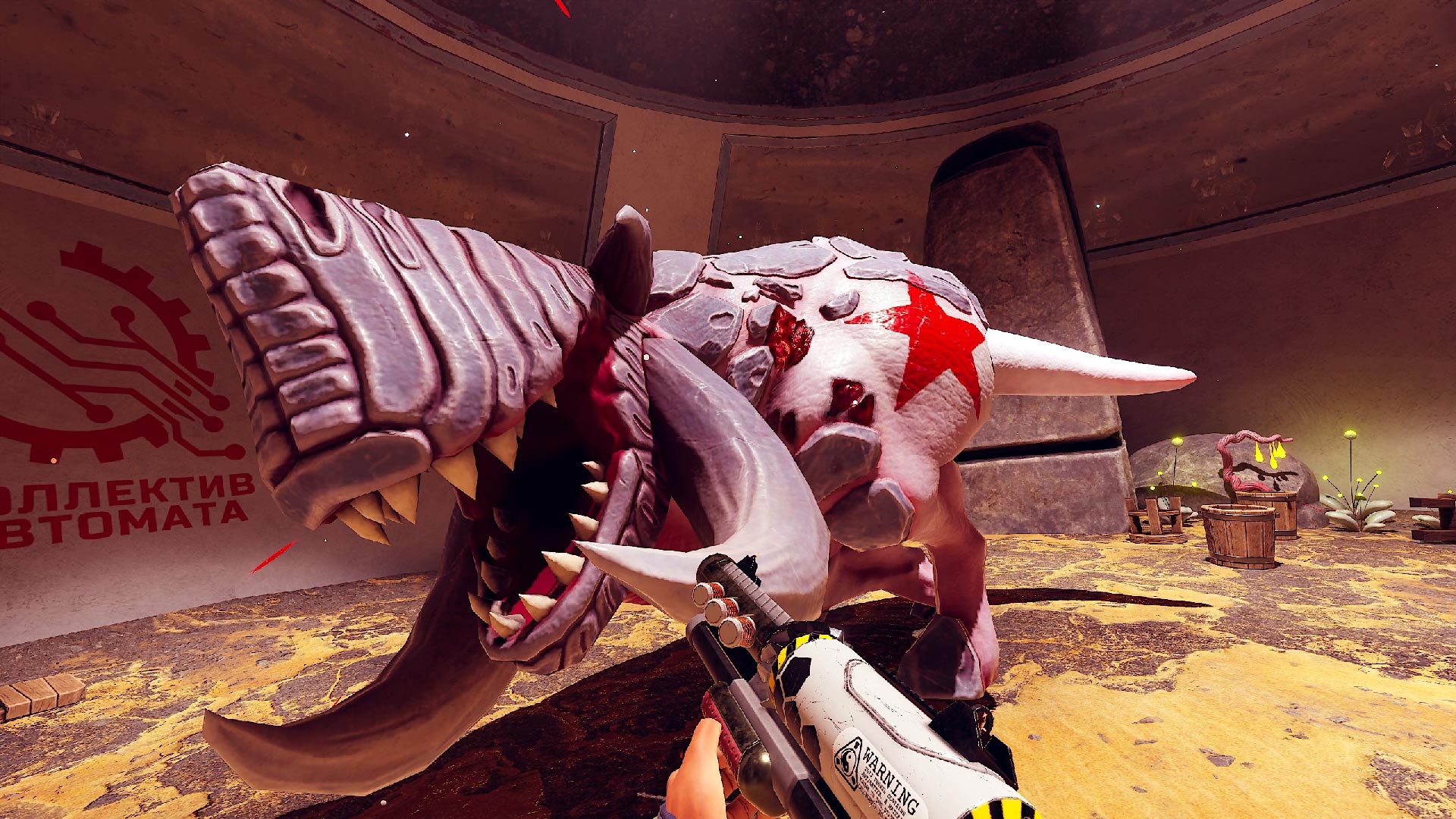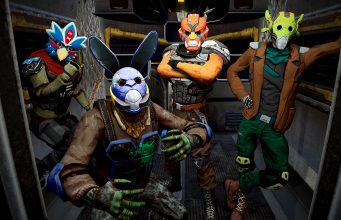Catching Up With Varjo Partnerships and Experiences Around the World
Varjo hasn’t been hibernating over the winter but they’ve definitely had a very active spring. ARPost typically reports on the Finnish XR company’s groundbreaking hardware and software developments, but the company also helps develop and distribute XR experiences and solutions ranging from operas to flight simulations.
An Opera Produced Entirely Through XR
The Finnish National Opera and Ballet (FNOB) spent two years producing Turandot opera with Sweden’s Malmö Opera. The ambitious international product involved designing complex sets and orchestrating intricate scene transitions. FNOB has commented before that Varjo is the only headset manufacturer that matches their high-quality requirements.
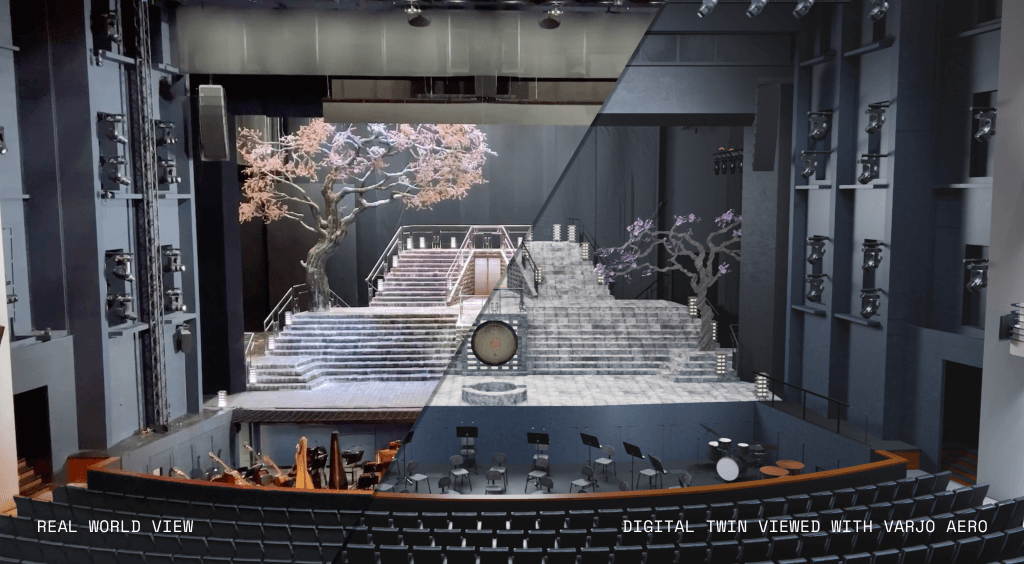
FNOB, which has been gradually implementing XR production tools over the last three years, started with two things: the in-house Unreal Engine-driven “XR Stage” visualization tool, and a 3D model of the main stage created by ZOAN – a 3D content agency that uses the same hardware to bring employees into their virtual headquarters.
“Our artists were only open to using virtual tools if models would be photorealistic and it was an intuitive user experience,” FNOB Production and Technical Director Timo Tuovila, said in a release shared with ARPost. “We have been able to create a digital twin of our stage that actually is true to life, matching the expectations of our ambitious artistic and technical teams.”
The virtual stage was used collaboratively between the two opera houses to virtually design and redesign sets – a process that would normally have taken tremendous time, resources, and materials. It is estimated that using XR preproduction instead saved over $82,000 and 1,500 hours of production time, not to mention enhanced crew safety.

This is the eighth FNOB production using XR preproduction, but this is the first time that they – or anybody – have used the technology at every step from proof-of-concept to final production, according to the release. It would be interesting to see XR also being used in recording and distributing live content at this level.
Twinmotion Programs Come to Varjo Devices
The virtual production of Turandot is a highly artistic example of using Varjo for architecture and design. That use case is about to get a big leg up as the company recently announced support for its hardware on Twinmotion. Users of the real-time visualization platform’s most recent update will be able to view its high-fidelity models on Varjo devices.
According to the hardware manufacturer, Twinmotion works with all headsets including Aero – the closest thing that the company offers to an entry-level headset. The headset, priced below the company’s other offerings but still within the almost exclusively enterprise range, comes without mandatory software subscriptions making compatibility with other solutions crucial.
Advancing Brain Health With MachineMD
Aero also plays an important part in a partnership with Swiss medical device company machineMD. The partnership’s goal is the development of “neos™” – a proposed device that would use eye-tracking technology for earlier diagnosis of brain disorders. In addition to helping specialists, the device could also be more accessible to doctors that aren’t neuro specialists.
“As a neuro-ophthalmologist, I use the eye as a window to the brain,” said michineMD Medical Director Professor Mathias Abegg in a blog post announcing the partnership. “The Varjo Aero provides me with the most powerful and precise view through this window.”
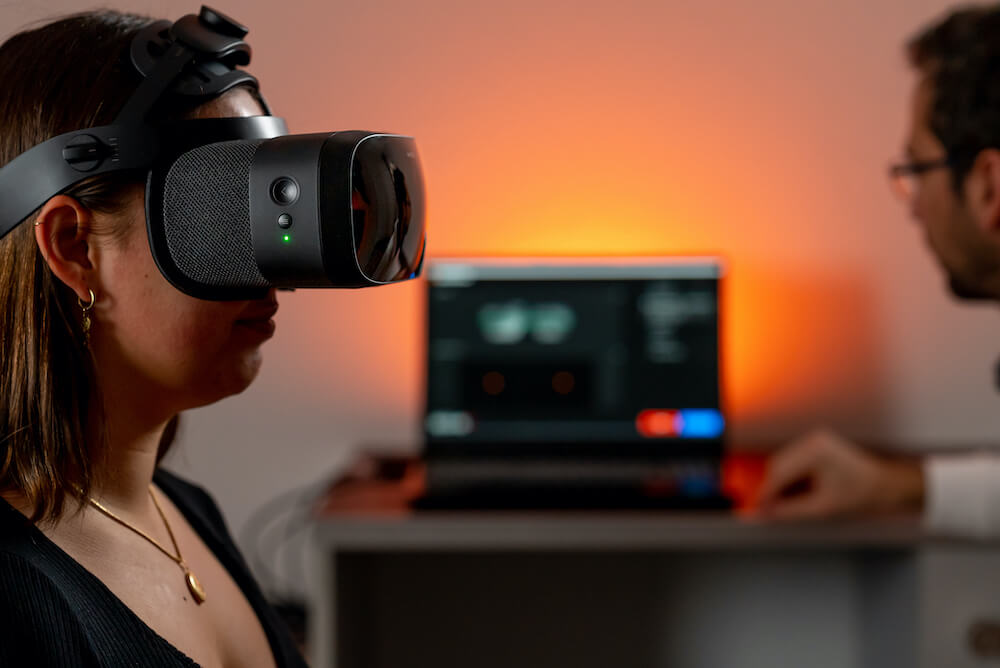
Between the advancement of the technology and healthy financial support, machineMD expects neos to be ready by the end of this year. Of course, Varjo is also excited to be a part of the important work which could have far-reaching benefits in the brain health world.
“VR-based eye tracking in combination with ophthalmology and neuroscience is opening up important new avenues for researchers and the larger medical community,” co-founder and CTO of Varjo, Seppo Aaltonen, said in the post. “A rare window into the brain is possible with the Varjo Aero headset and we are proud to partner with machineMD to make this technology a reality.”
Hardware Built for Flight Simulation
Varjo is also a leading player in the simulation world, particularly automotive and flight simulation. In fact, one of its premiere headsets, XR-3, was recently released in a specially-tooled edition with cockpit simulations in mind. The variable-passthrough headset has a specially calibrated focal plane to optimize the display of the user’s immediate surroundings.
More recently, Varjo partnered with Leonardo – an aerospace, defense, and security developer. The relationship is intended to “enhance the capability of Leonardo’s aircraft training devices.” The above-mentioned XR-3 Focal Edition headset is already being used.
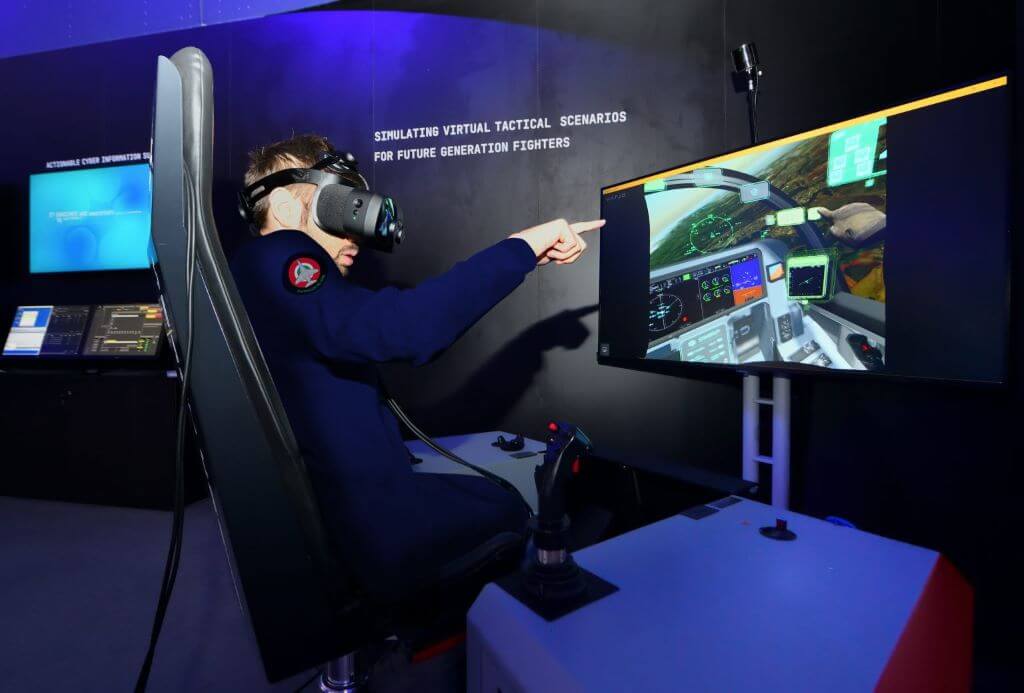
“Leonardo simulation and training experience, coupled with advanced Varjo technology, will allow our products to increase pilots’ training experience, bringing it into a more immersive environment, both within the specific customer training pipelines and within the scope of International Flight Training School,” said Leonardo Aircraft Division’s Head of Simulation and Training Systems Giuseppe Pietroniro.
Jumping Off of Virtual Cliffs
Simulation has a special place in the consumer space as well, where it allows individuals to experience convincing replications of activities that are costly, dangerous, or both. A recent experience offered by Varjo and Red Bull recreates diving from an 80 ft cliff.
“The VR cliff diving experience is really something that you cannot miss,” real-life cliff diver Orlando Duque said of the activation. “It places you right there in the location, in the middle of the action. It’s probably the closest thing to the real deal.”
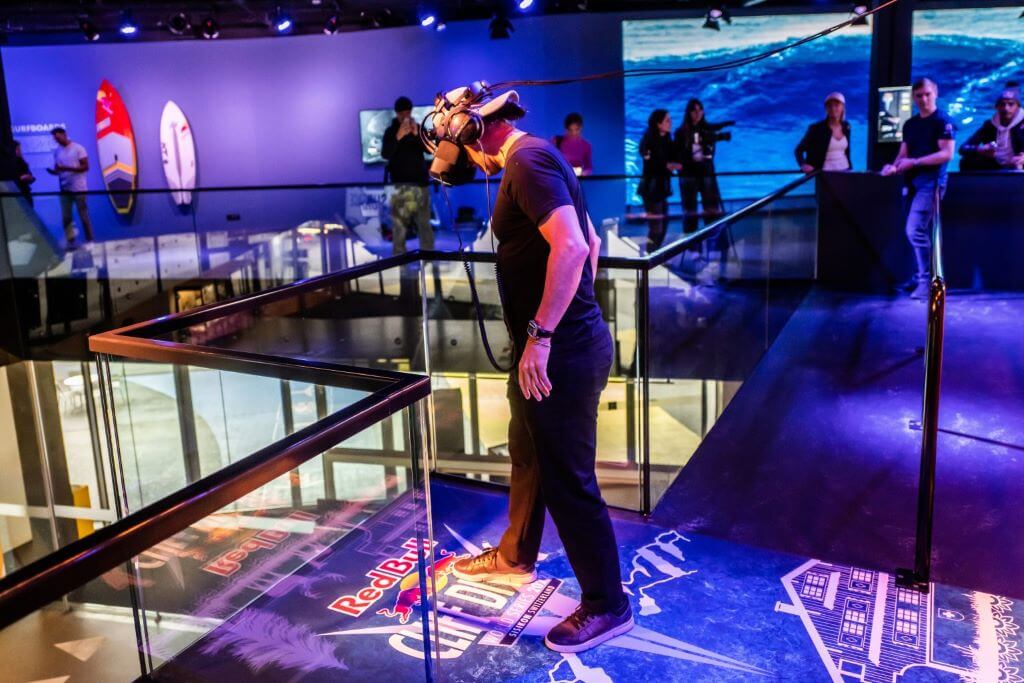
The experience is still not coming to a living room near you anytime soon. In addition to using the XR-3 rather than the more consumer-available Aero, the experience is currently only being offered as part of an exhibit at the Swiss Museum of Transport. The complete exhibit also uses AR technology and virtual production to replicate activities like surfing.
While available materials don’t mention plans for a more widely available version, it sure sounds like it would be a step up from Richie’s Plank Experience.
A Virtually Imagined Real World
Varjo is still pushing the limits of extended reality technology – and that means that a lot of its experiences and hardware aren’t available to just anybody. While some people get to put on the headset and jump off of a cliff, the benefits of the technology are definitely benefiting more and more people through the ramifications of work in design, defense, and the arts.
Catching Up With Varjo Partnerships and Experiences Around the World Read More »
